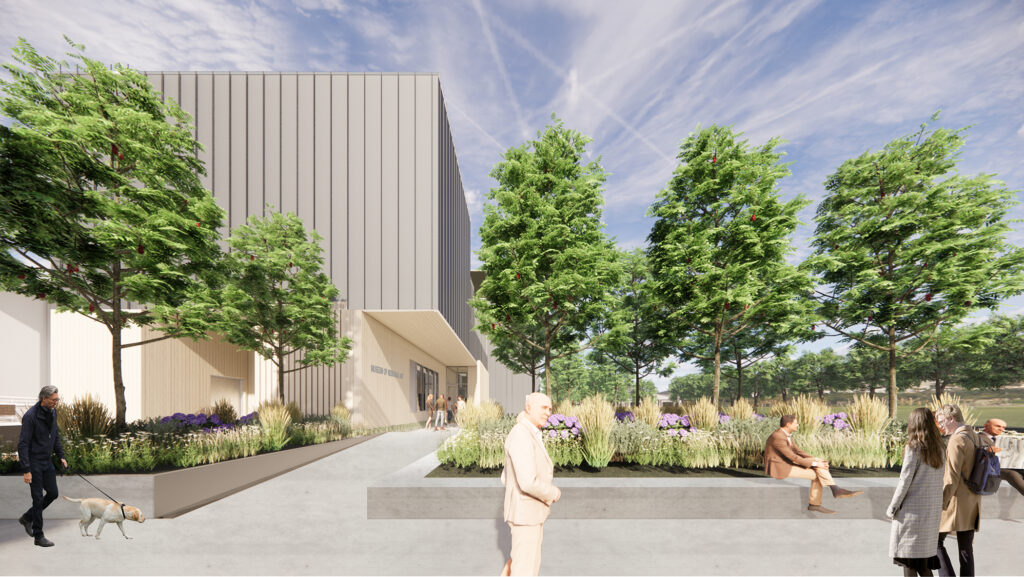


Built in 1911 as a federal post office, the building became home to the museum’s collection in 1986 before expanding with new renovations in 1993. The building, listed on the National Register of Historic Places, however, is unable to serve the Museum’s ambitious vision—growing and properly preserving a valued collection; providing flexible space for education and public engagement; notoriety as a national gallery and trust; and leaving a legacy of beauty and sustainability as a cultural entity.
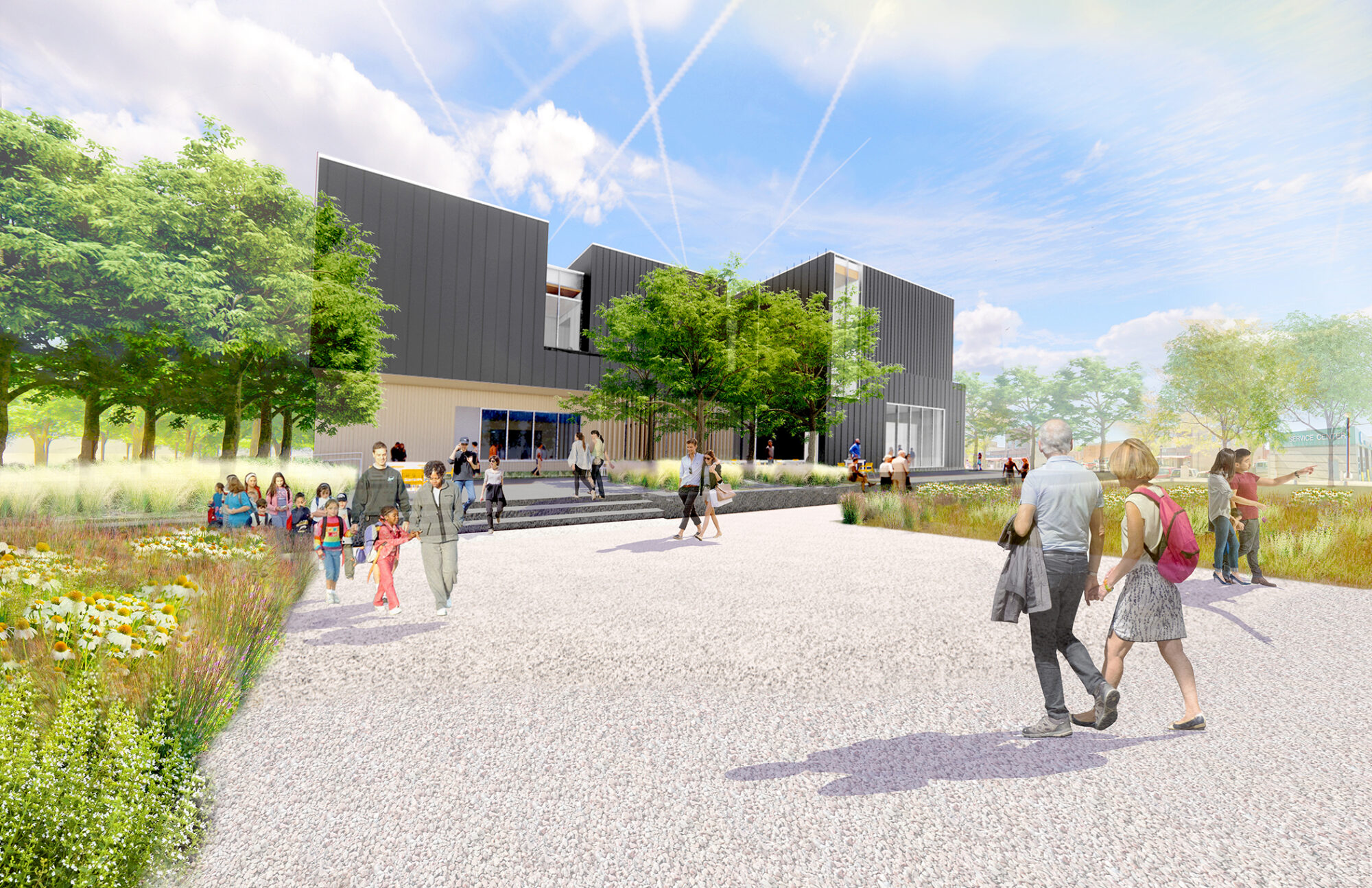
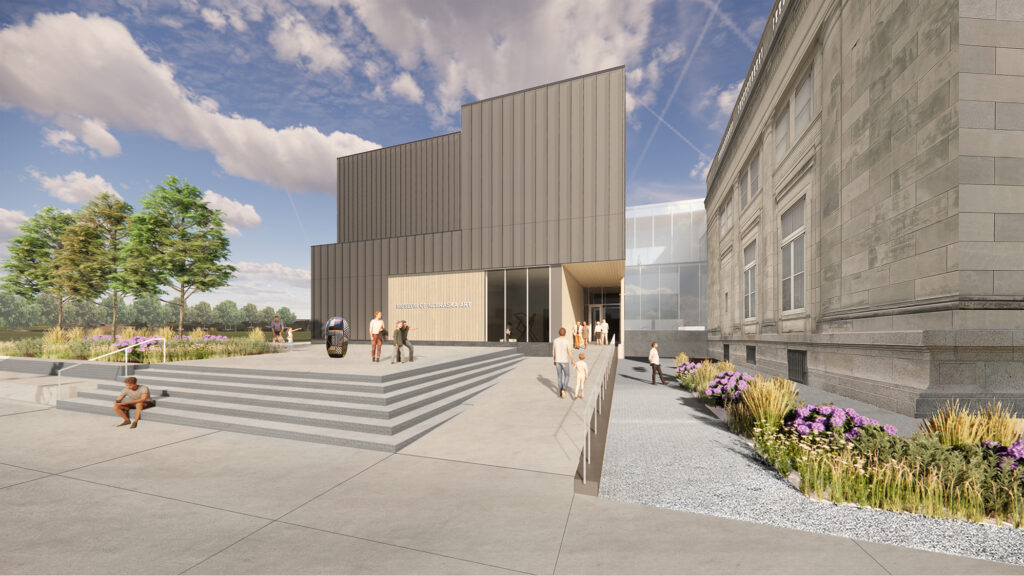
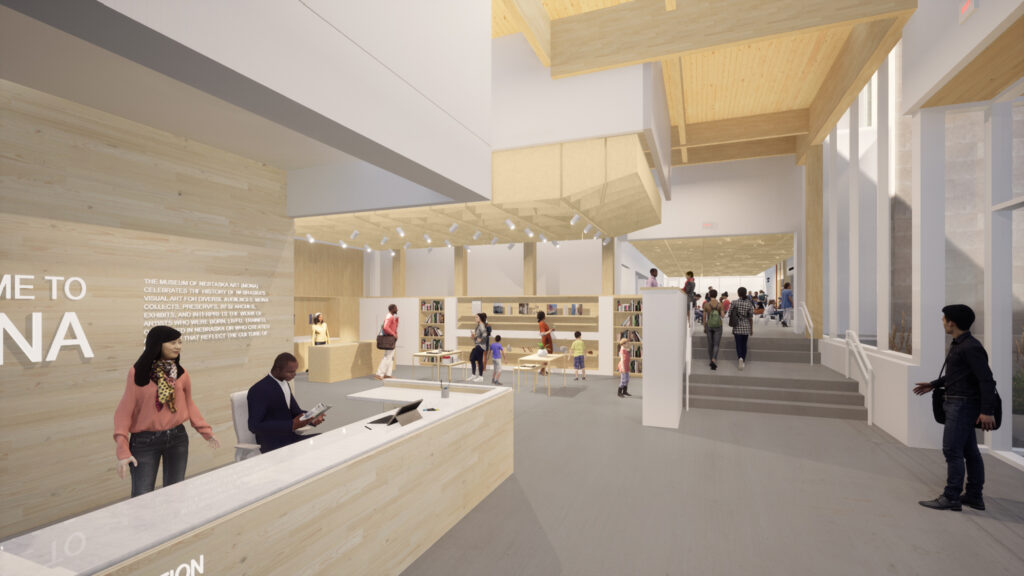
The plan, funded by a $20M capital campaign, is to restore and renovate MONA’s existing 25,000 sf and construct a 16,000 sf expansion. The new space is slated to include a modern gallery experience with ways to increase the connection of the visitors to the works of art, a community studio that functions as a maker-space, an enlarged outdoor sculpture garden with added green space, community space both in and around the exterior of the museum and an inside event space to have ample storage and a kitchen for group gatherings, accommodating up to 275 people. Art handling, storage and conservation spaces will be improved to support the collection and future acquisitions.
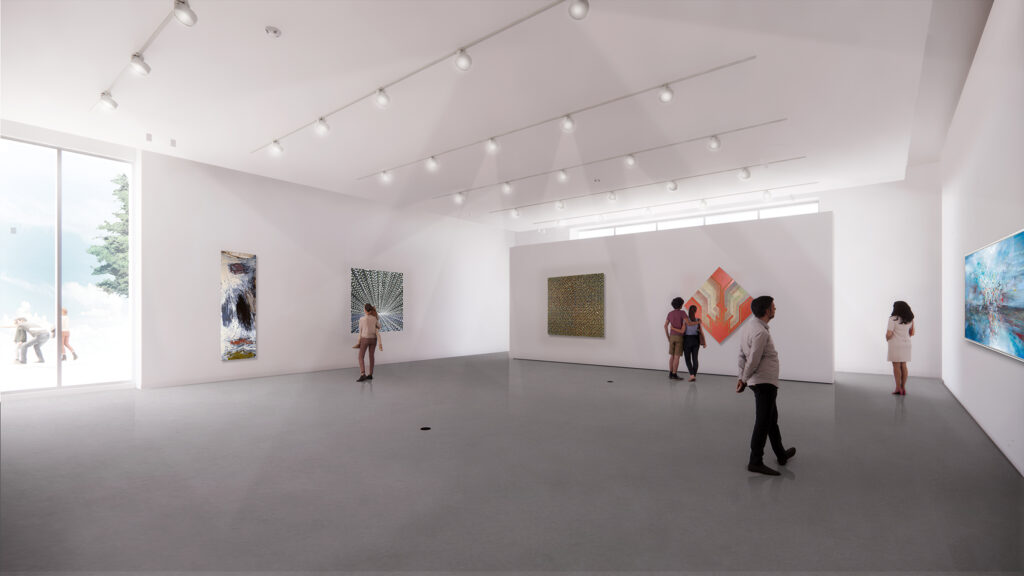
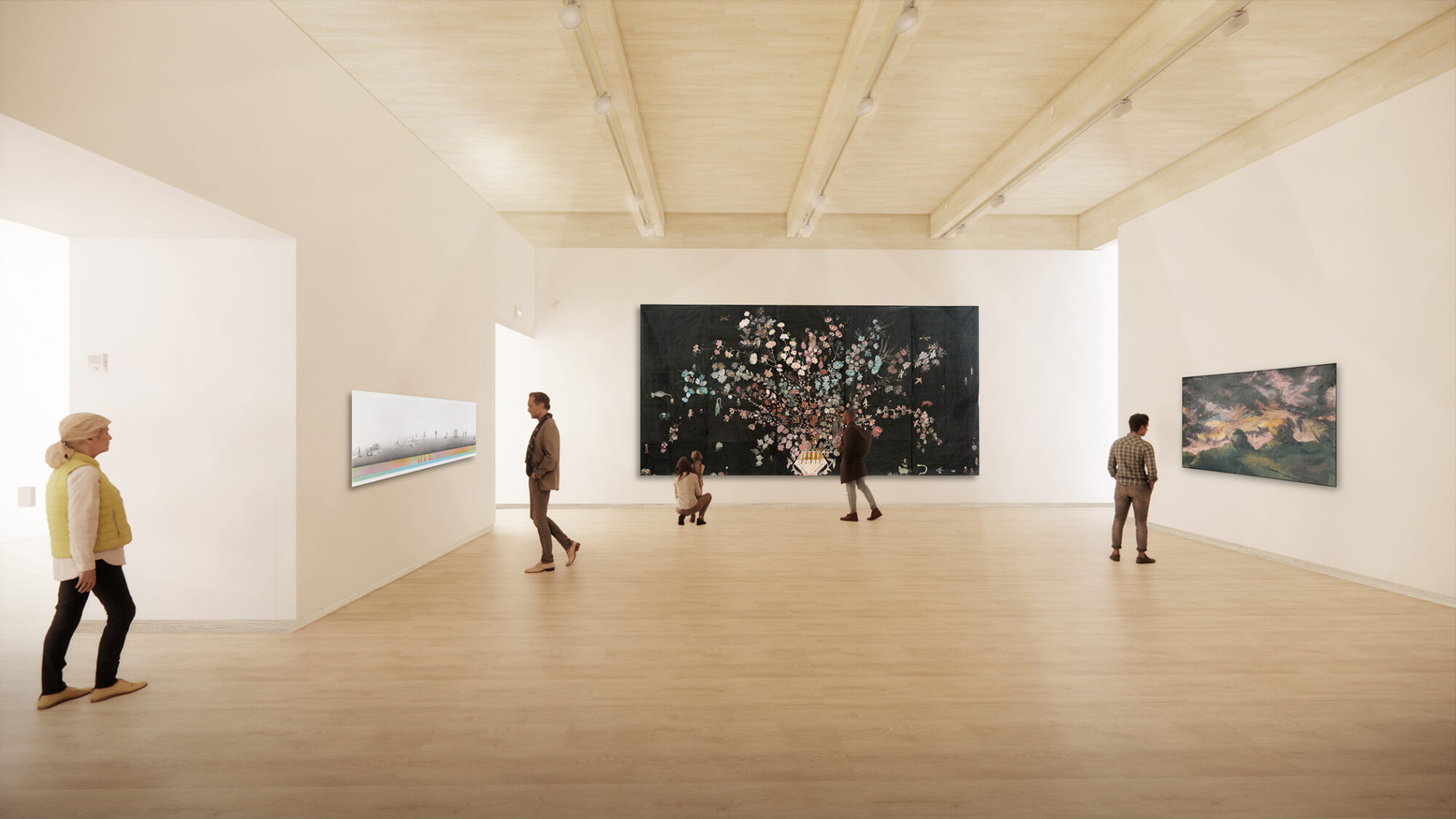
Drawing heavily on the established visual language of the region, the addition amplifies museum programs through choreographed moments of discovery to enhance the visitor experience of viewing art. Upon entering the gallery addition the use of an exposed mass timber structural system recalls an elevated, yet distinct Nebraska aesthetic. Patrons experience the warmth of the exposed wood, the subtleties of the natural material, and the evidence of MONA’s desire to perpetuate a high-performing, sustainable building. Using CLT in lieu of a different system allowed for the structure to be carbon neutral on this project.